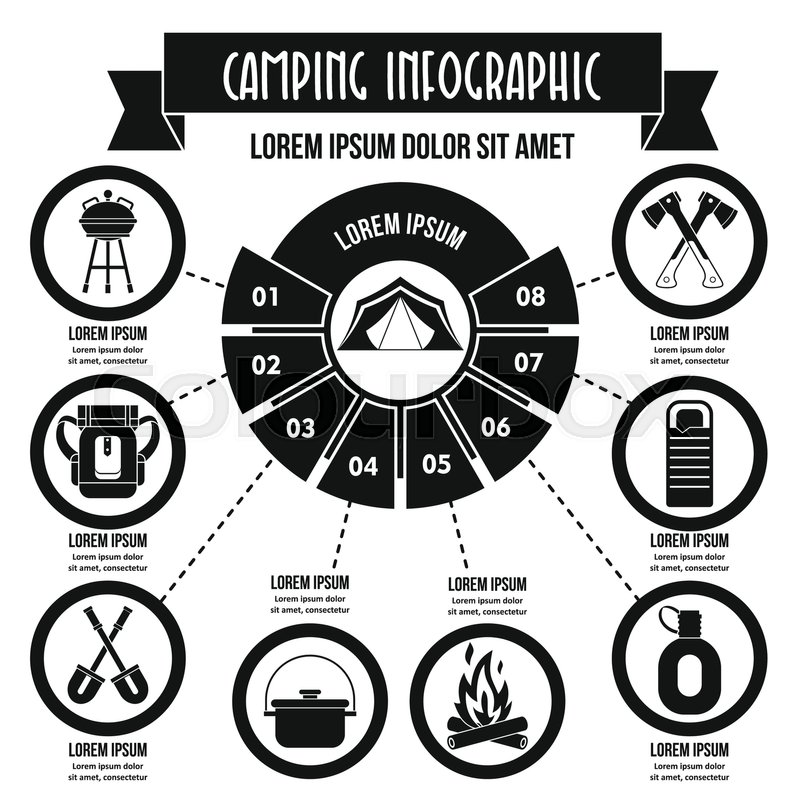The security of a tent depends greatly on well-tightened individual lines, which boost the structure's ability to resist wind and other outside pressures. They additionally advertise air flow within the sanctuary, which can make a significant distinction in outdoor camping comfort and security.
Guy lines are commonly constructed from strong, lightweight materials like nylon and polyester. Several are likewise reflective to prevent campers from tripping over them in low-light problems.
Origins
While the exact origin of individual lines is unclear, the idea is timeless. Its origins can be traced back to the French word "guie," which ultimately came to be the Dutch term, "gei.".
Guy lines are cord, cord, or rope used to support frameworks like camping tents and poles by fastening one end to the framework and securing the other end to the ground or other set factor. They provide extra assistance past the capacity of tent posts and risks, specifically in gusty settings.
In addition to offering additional security, guy lines are instrumental in promoting correct outdoor tents ventilation. By helping with the splitting up of an outdoor tents's rainfall fly from the inner outdoor tents body, they enable air to distribute openly throughout the framework, reducing condensation and protecting convenience for campers. They're likewise very easy to readjust, allowing users to tweak their stress according to the particular conditions in which they're camping.
Functions.
Utilizing strong cable and tensioners, individual lines secure the edges and sides of a tent or tarp for stability and support in different weather. Maintaining them tight decreases material sagging, enhances living area and general sanctuary efficiency. They additionally disperse snow or rainfall from gathering and possibly harming the product.
The majority of tents include person line loopholes situated around the base and midway up the fly along the post joints to attain these features. They additionally raise the architectural honesty of non-freestanding outdoors tents by dispersing weight far from the outdoor tents body, which can be specifically susceptible to gusty environments.
A dependable knot is important for protecting the man lines to the anchor points; a bowline or clove hitch are ideal alternatives as they're both solid, fast to connect and enable adjustability. The appropriate tension is essential; the lines should be limited adequate to produce a tight structure but not so tight that they're stressing or pulling on the add-on factors.
Materials.
Generally made from a material like nylon or polyester, today's guy lines are usually created from ultra-high-density polyethylene (UHMWPE). UHMWPE is a long lasting, high-tenacity fiber that is both water and UV-resistant. This makes it optimal for outside use, as it will certainly not weaken or shed its strength when exposed to dampness and extreme UV rays.
Furthermore, it is naturally abrasion-resistant and can handle unbelievable quantities of tension. It is essential that an outdoor tents's individual lines be able to endure these forces in order to correctly stabilize and safeguard the sanctuary, especially in gusty problems.
Because of this, many modern-day outside and camping enthusiasts pick to purchase outdoors tents that use UHMWPE guy lines. They can be conveniently anchored and connected to support points making use of a range of methods, consisting of hooks, ties, or loops. When done appropriately, a tent's person line will be tight and completely positioned, supplying vital stability for the sanctuary. This is particularly real for non-freestanding tents.
Installment.
If you discover that the roof of your camping tent or tarp isn't fairly tight, or there are sagging areas on its wall surfaces, you probably have not secured the individual lines. Those cord-like ropes that attach to loopholes on your rainfly or outer outdoor tents wall and risk into the ground, individual lines are vital for boosting your outdoor camping experience by offering important structural assistance.
They disperse the weight of the camping tent and tarpaulin across the framework, enhancing security and preventing drooping or damages because of irregular snow loads or winds. They likewise improve air-flow with the framework, decreasing condensation and boosting overall outdoor camping comfort.
To connect your guy lines, you'll require to recognize the suitable support points on your shelter and after that secure them with a solid knot. Knots that offer adjustability, such as a bowline or clove hitch, are favored considering that they permit you to tweak the rigidity of canvas material your guy line, preserving an equilibrium between stability and avoiding extreme stress on the textile.
